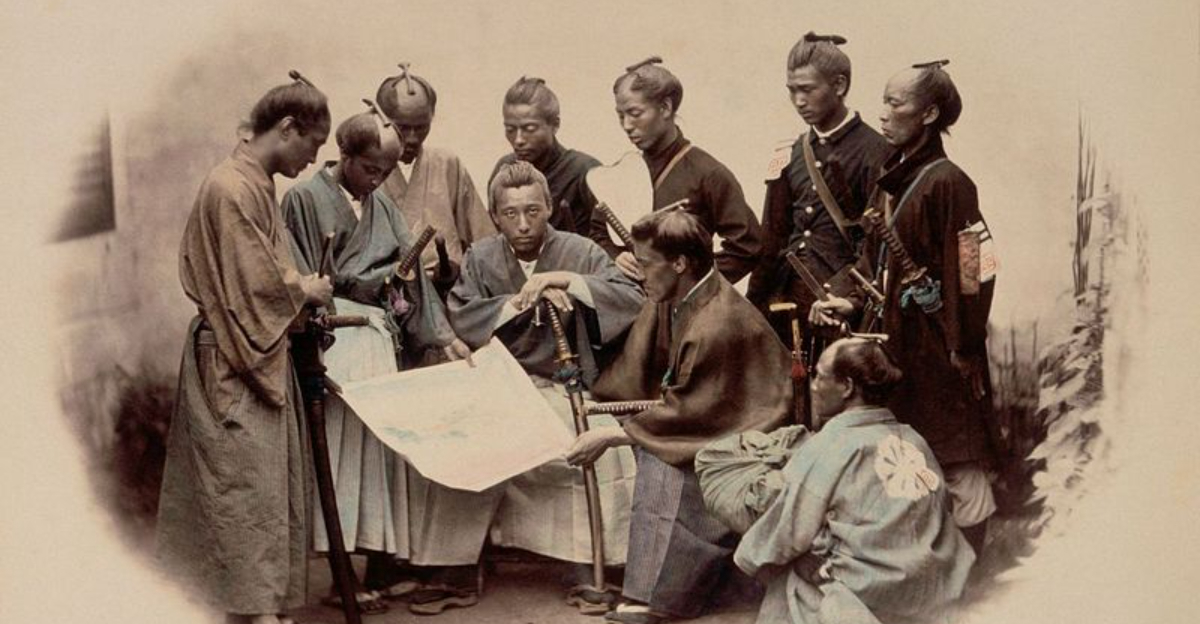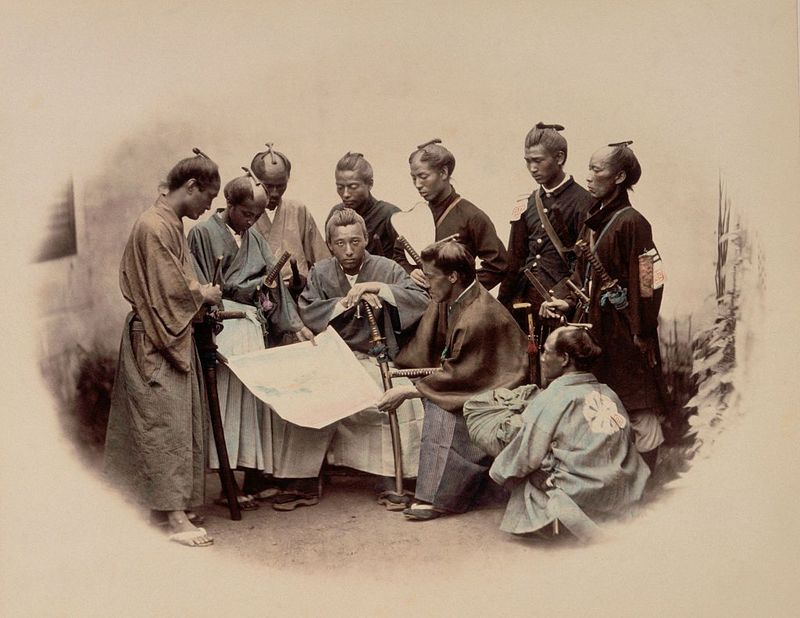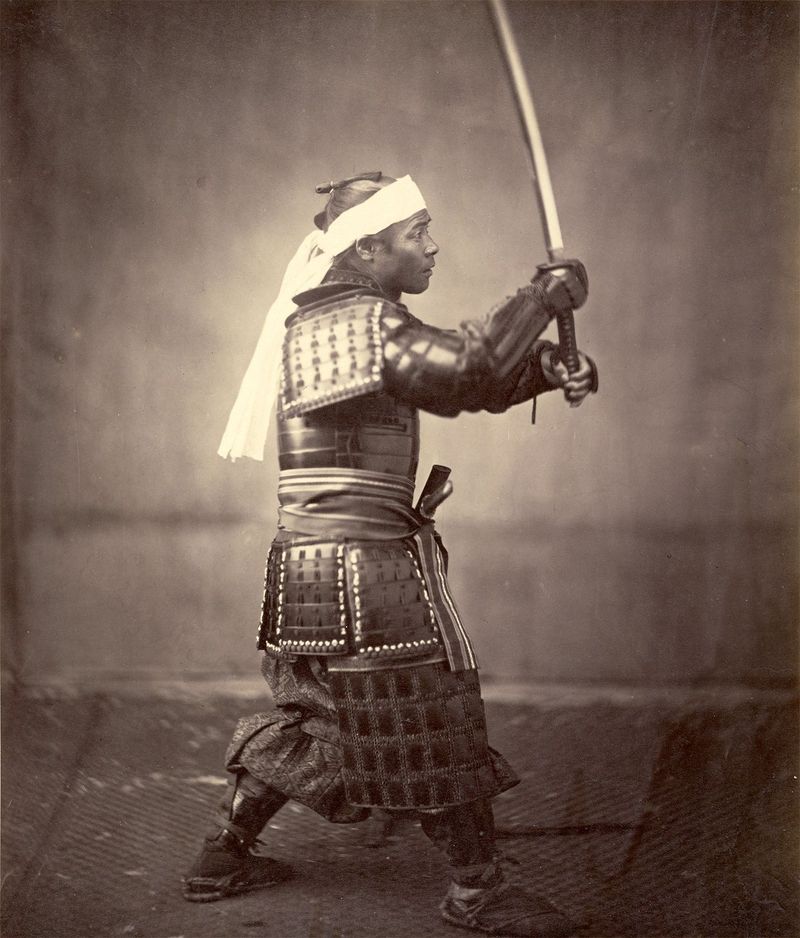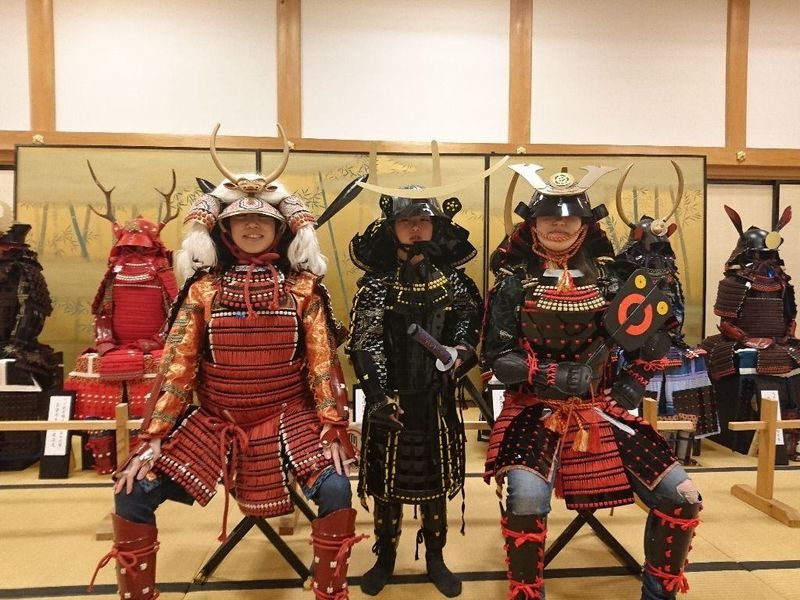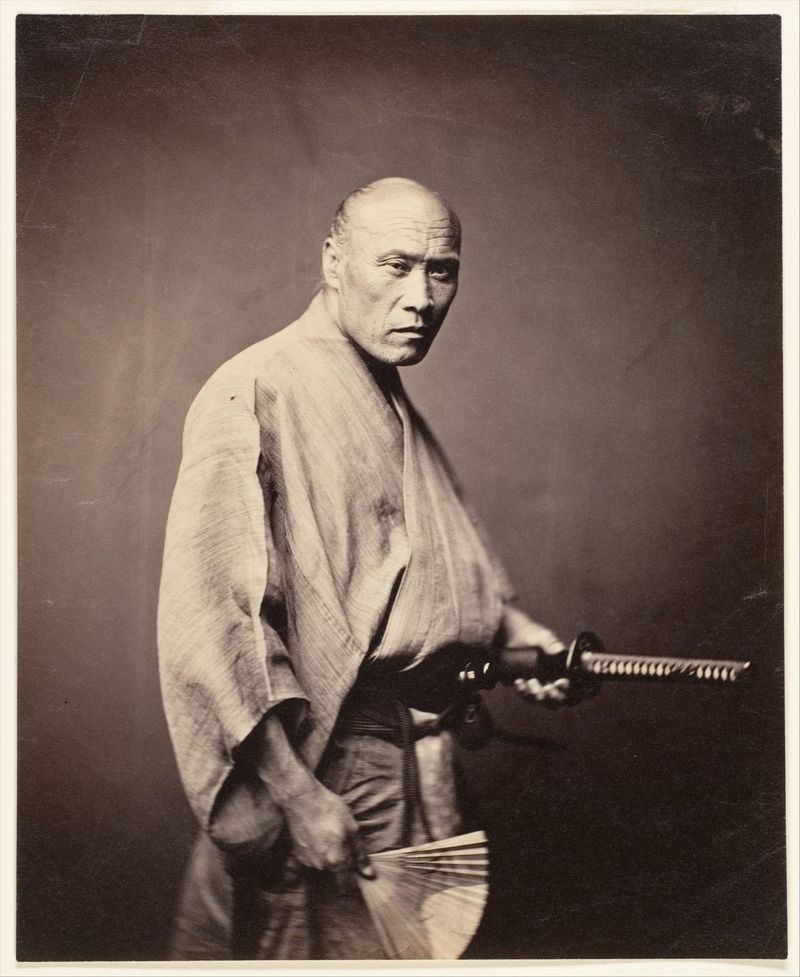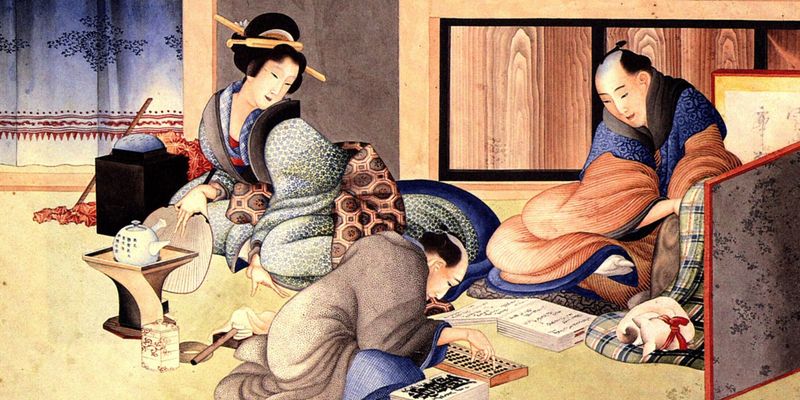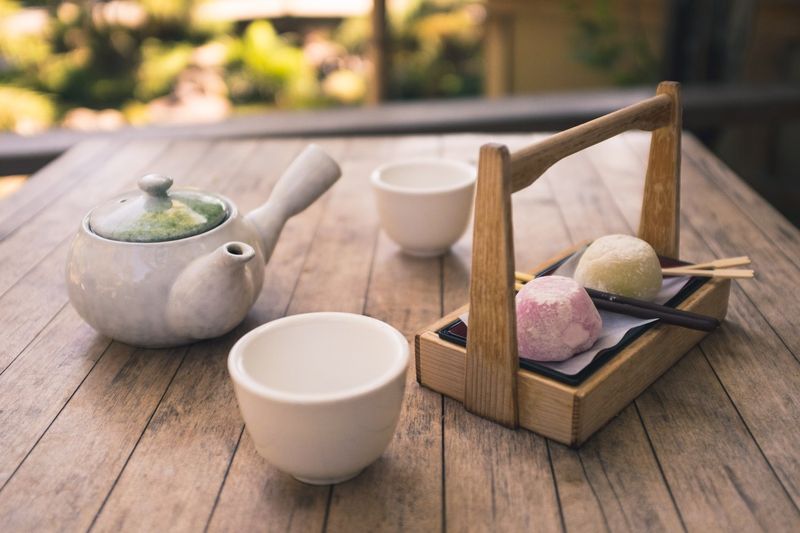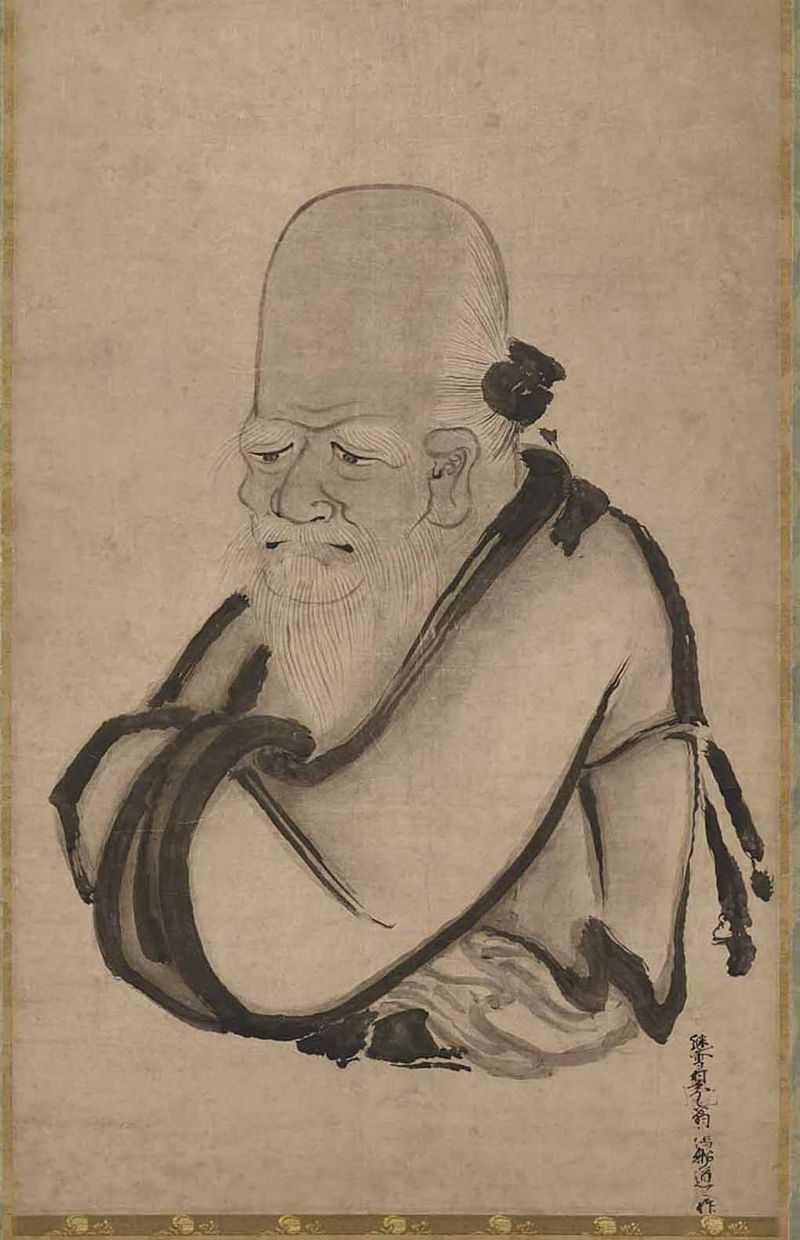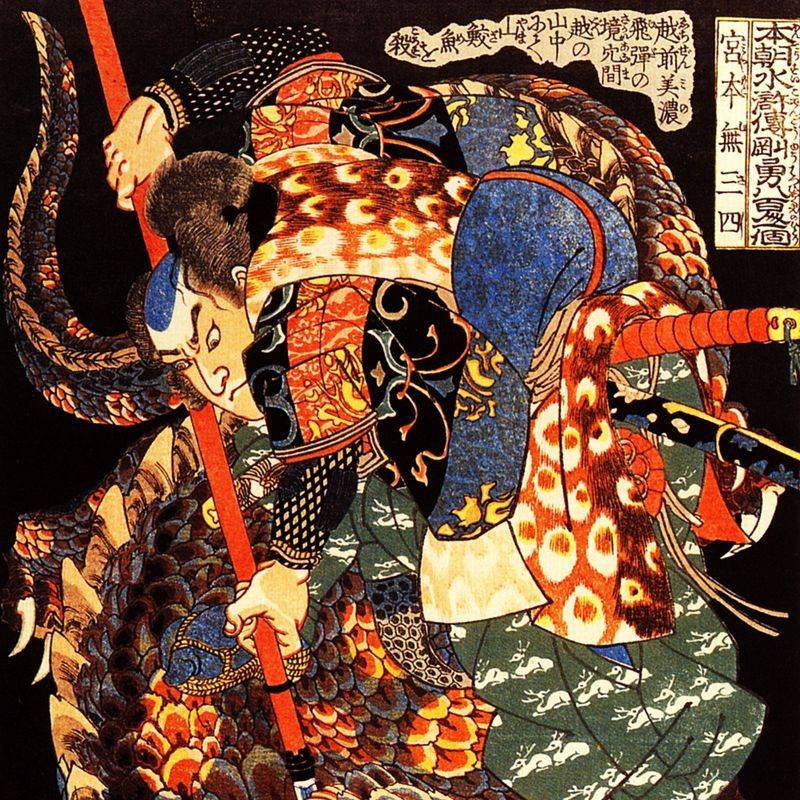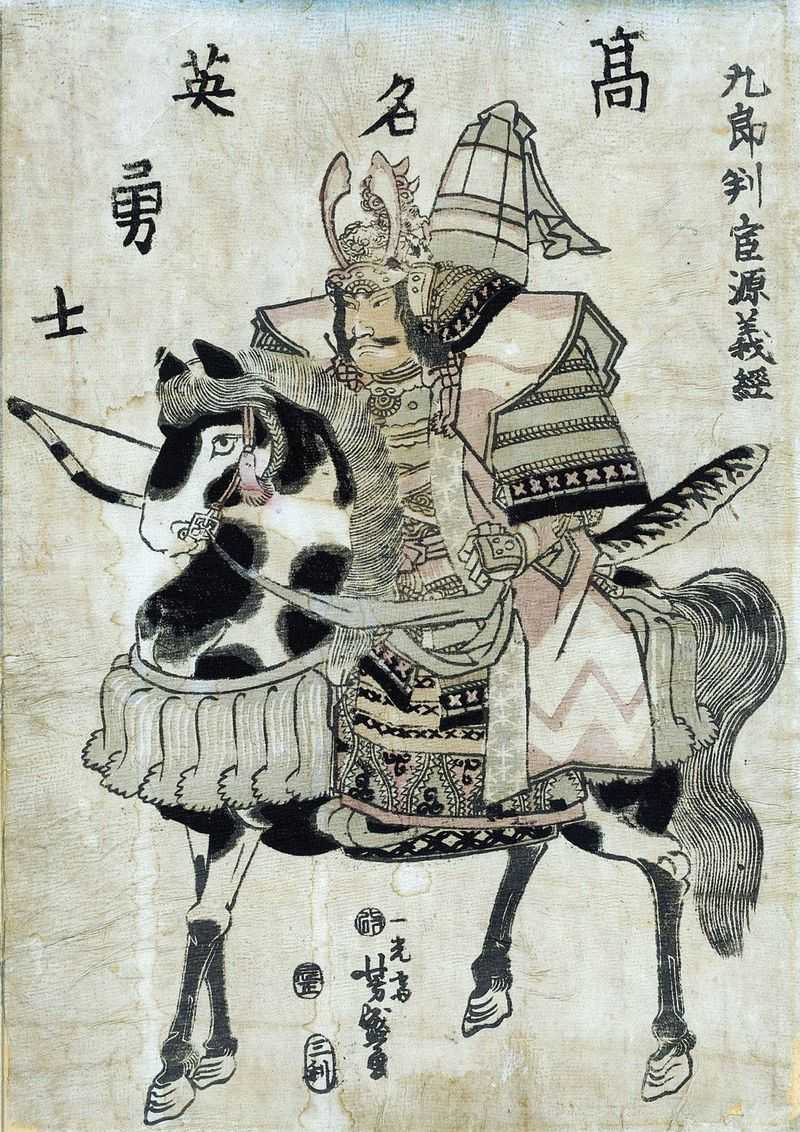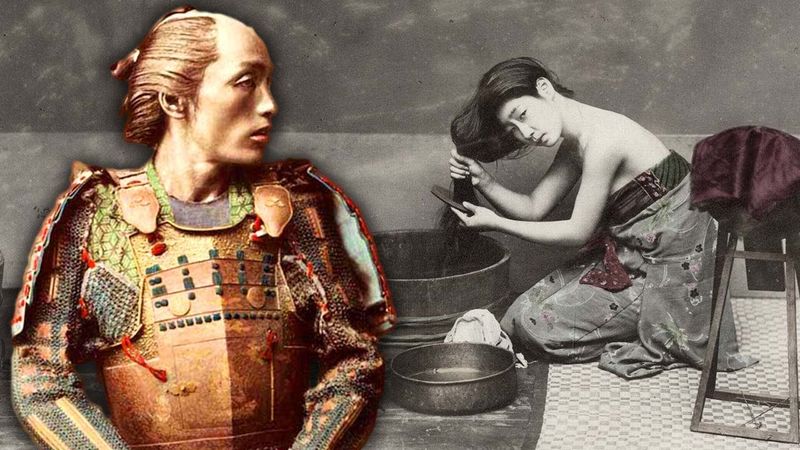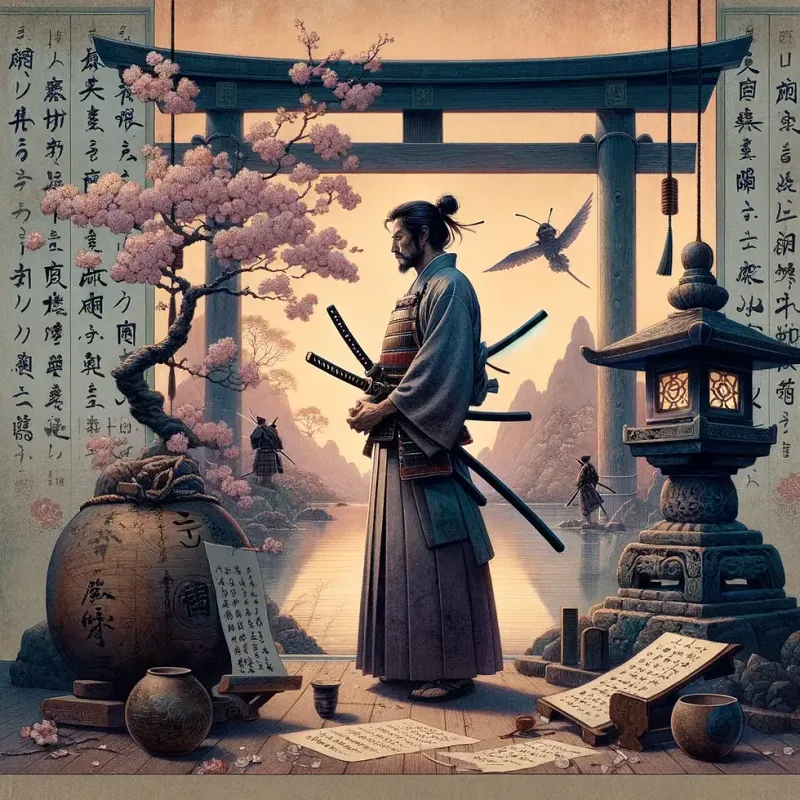The samurai were the military nobility and officer caste of medieval and early-modern Japan. Known for their strict code of honor, they played a critical role in Japanese society and culture for several centuries.
This blog post explores various aspects of samurai life, from their rigorous training and combat techniques to their roles in society and daily lifestyle.
Join us as we delve into the intriguing world of the samurai, a world defined by discipline, honor, and a unique blend of martial and cultural pursuits.
1. Bushido Code
The Bushido code was the samurai’s guiding principle, emphasizing loyalty, courage, and honor. It shaped their conduct both on and off the battlefield.
Each samurai was expected to adhere strictly to these values, which were often passed down through generations. This code not only dictated their martial prowess but also their interactions with others, emphasizing respect and integrity.
Bushido was not just about warfare; it also encompassed the samurai’s role in society, demanding a life of dedication and discipline. As a result, samurai were admired and respected members of feudal Japan.
2. Swordsmanship and Weapons
Samurai were renowned for their exceptional swordsmanship, with the katana being their weapon of choice.
This blade was not just a tool for battle but a symbol of the samurai’s soul. Mastery of the sword required years of intense training, often beginning in childhood.
Besides the katana, samurai were skilled in using other weapons like the yumi (bow) and yari (spear). Their versatility in weaponry made them formidable warriors. Training was rigorous, focusing on precision, speed, and strength, which were crucial for survival and honor.
3. Armor and Attire
Samurai armor, known as yoroi, was designed to provide protection while allowing mobility. It was composed of small iron plates laced together with silk or leather.
The design varied over time, reflecting advances in military technology and changes in samurai roles. Aside from armor, their daily attire was equally important, often consisting of a kimono and hakama.
Clothing symbolized status and clan affiliation. The colors and materials used were significant, representing the samurai’s wealth and position. Armor and attire were crucial, reflecting both their warrior status and social rank.
4. Training Regimens
Samurai training was rigorous and encompassed a variety of skills beyond combat. Physical conditioning, martial arts, and weapons training formed the core of their regimen.
However, mental discipline and strategic thinking were equally important. Young samurai often trained under experienced mentors. Training also included cultural pursuits like calligraphy and poetry, reflecting the samurai’s balanced lifestyle.
These skills were essential in fostering a well-rounded warrior, capable of both leading in battle and contributing to society. Samurai training emphasized continuous improvement, dedication, and the pursuit of perfection.
5. Role in Feudal Society
Samurai were more than just warriors; they were integral to the social fabric of feudal Japan. They served as local leaders, enforcers of justice, and protectors of their domain.
In return, they received land and food from their lords. The relationship between samurai and their lords was both feudal and personal, bound by mutual loyalty.
Samurai were expected to act as role models, upholding the values of Bushido and maintaining social order. Their influence extended beyond warfare, contributing to the cultural and political landscape of Japan.
6. Tea Ceremonies
Tea ceremonies were an important cultural activity for samurai, reflecting their appreciation for discipline and aesthetics.
These ceremonies were not just social gatherings but a form of meditation, emphasizing harmony and respect. Participating in tea ceremonies allowed samurai to demonstrate their understanding of Japanese culture and refinement.
The ritual involved precise movements and a deep respect for utensils, symbolizing the values of mindfulness and simplicity. Tea ceremonies provided a serene escape from the turmoil of samurai life, fostering a sense of peace and introspection.
7. Zen Buddhism
Zen Buddhism played a significant role in the spiritual life of the samurai. Emphasizing meditation and self-discipline, it complemented the samurai’s martial lifestyle.
Zen teachings encouraged mindfulness, helping samurai maintain focus and clarity in battle. The practice of zazen, or seated meditation, was central to their spiritual routine.
Zen principles also influenced samurai arts and culture, promoting simplicity and harmony. This spiritual path provided a sense of balance, enabling samurai to face the challenges of life and death with composure and acceptance.
8. Calligraphy and Poetry
Calligraphy and poetry were esteemed arts among samurai, reflecting their cultural sophistication. These pursuits required patience, precision, and creativity, paralleling their martial skills.
Through calligraphy, samurai expressed their thoughts and emotions, while poetry allowed them to capture the beauty of nature and human experience.
Engaging in these arts was a way for samurai to cultivate inner peace and express individuality. Calligraphy and poetry were not just hobbies but essential aspects of a samurai’s identity, showcasing their intellectual depth and appreciation for Japanese culture.
9. Estate Management
Estate management was a vital duty for samurai, requiring skills in administration and leadership. Samurai were responsible for overseeing their lands, ensuring productivity and order.
This role involved managing peasants, collecting taxes, and maintaining infrastructure. Effective estate management was crucial for supporting their household and fulfilling obligations to their lords.
Samurai had to balance martial duties with administrative responsibilities, showcasing versatility. This aspect of their life emphasized the importance of governance and stewardship, reflecting their broader role in feudal society.
10. Family and Clan Loyalty
Family and clan loyalty were central to samurai life, dictating personal and political relationships. Samurai families often lived together, fostering strong bonds and shared values. Clan loyalty was paramount, influencing alliances and conflicts in feudal Japan.
Marriages were often arranged to strengthen ties between clans. This loyalty extended to their lords, where a samurai’s honor was tied to service and fidelity.
Family and clan connections provided support and identity, helping samurai navigate the complexities of their roles. Loyalty, both familial and feudal, was a defining characteristic of the samurai ethos.
11. Death and Ritual Suicide
Death held a profound place in samurai life, with ritual suicide, known as seppuku, considered an honorable end. This act was performed to restore honor or as an alternative to capture, reflecting the samurai’s commitment to Bushido.
Seppuku involved a ceremonial process, requiring witnesses and a second to deliver a death blow. It was both a personal and public statement, highlighting courage and honor.
Death, approached with dignity, was seen as a transition rather than an end, embodying the samurai’s acceptance of fate and their unwavering dedication to their principles.
